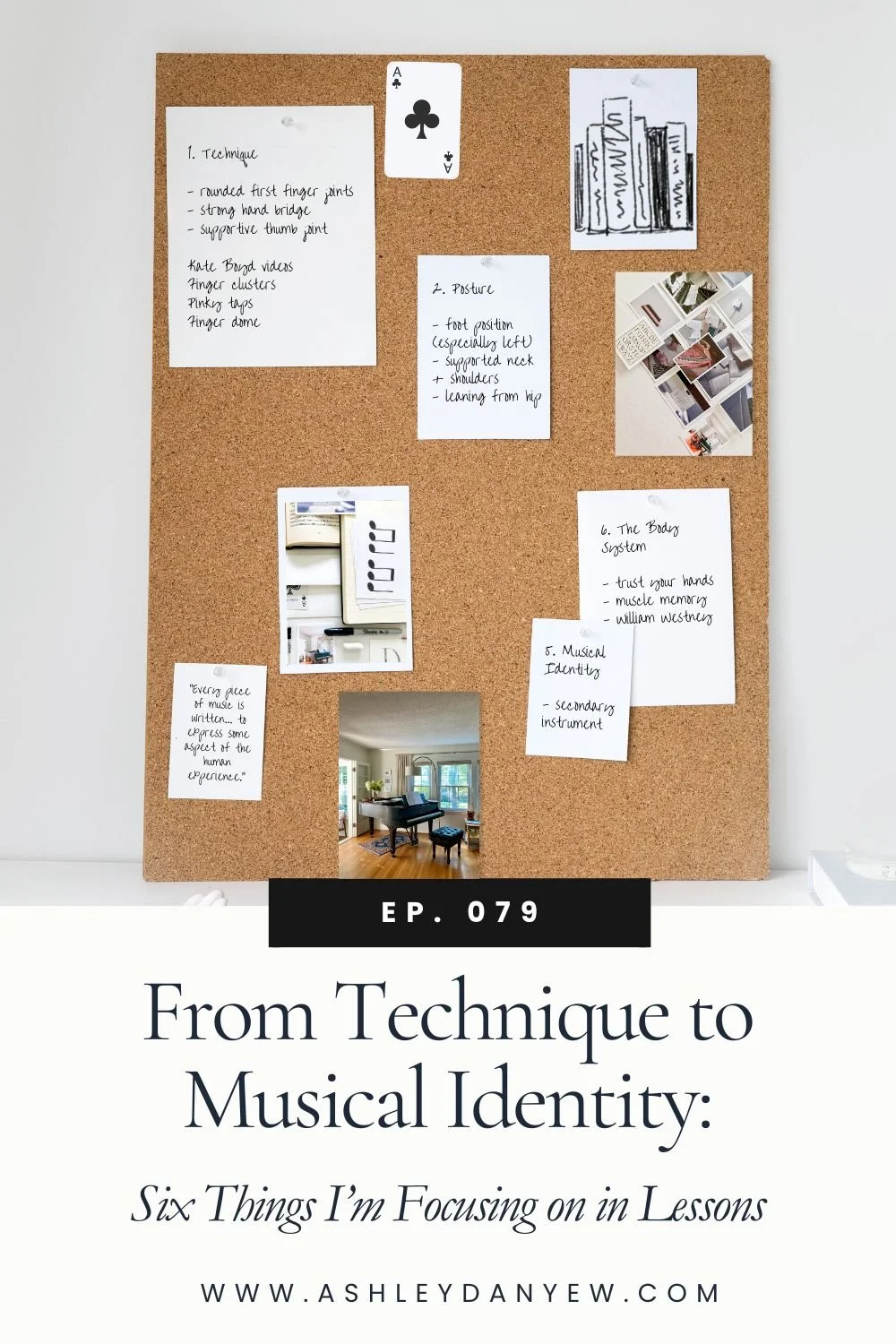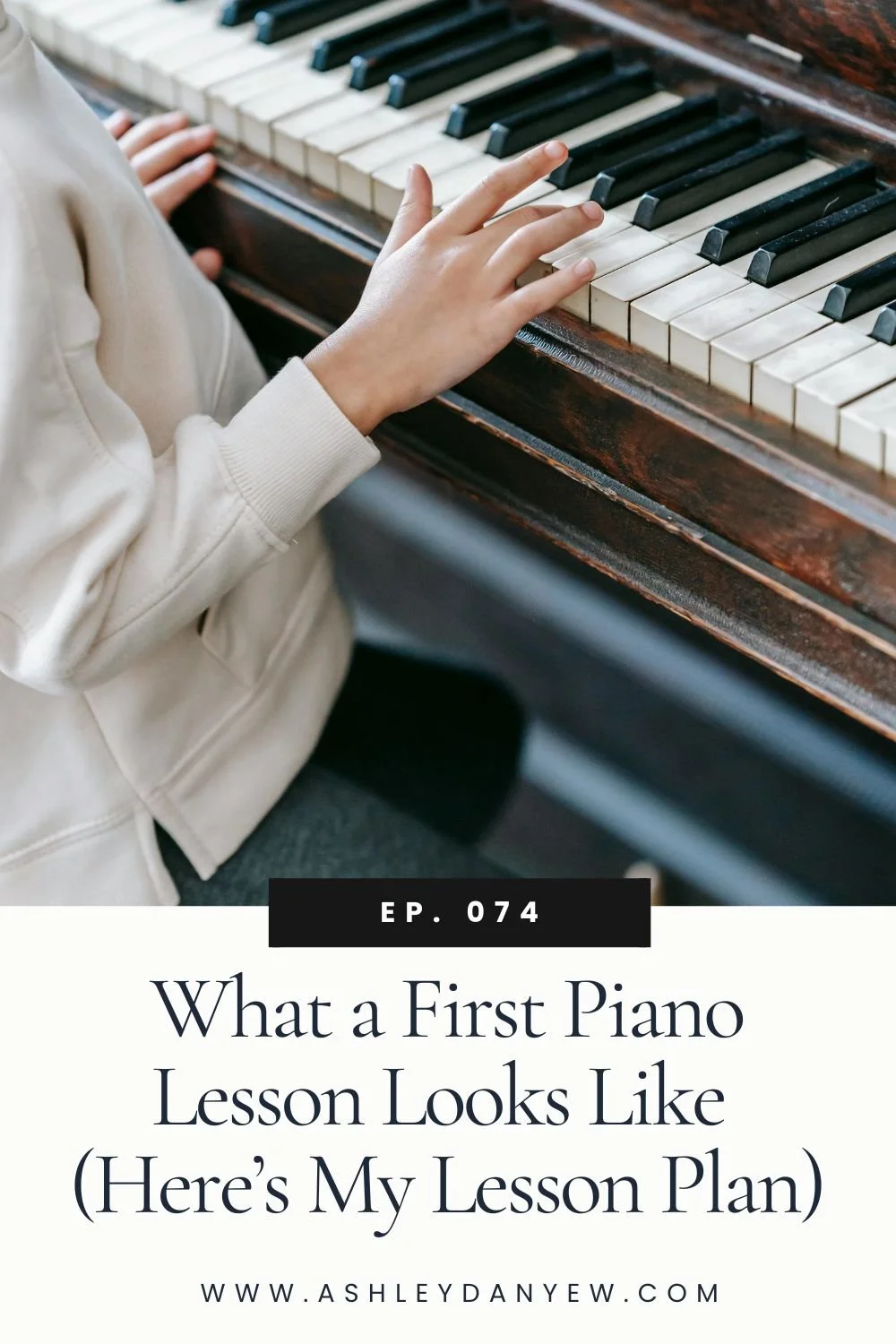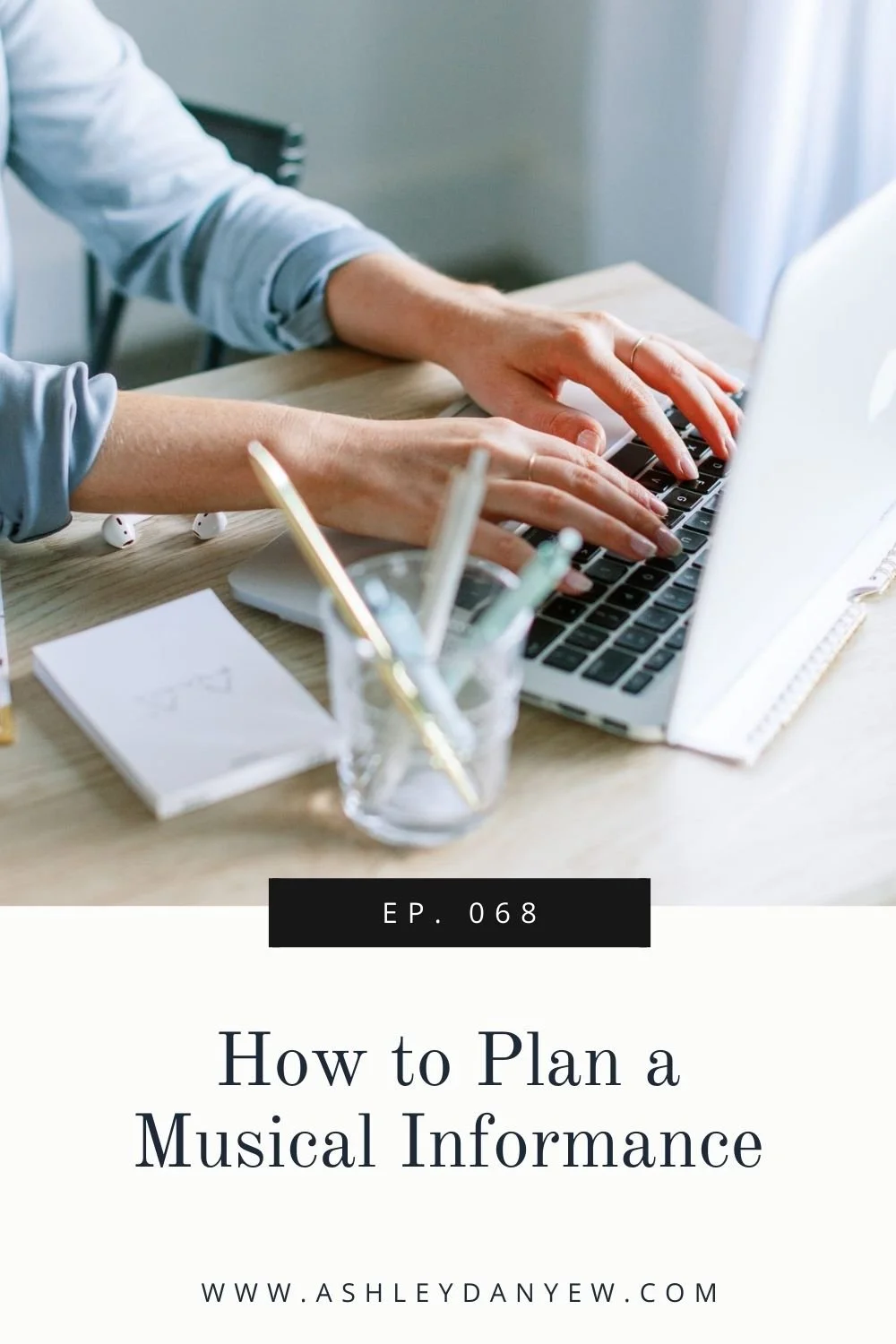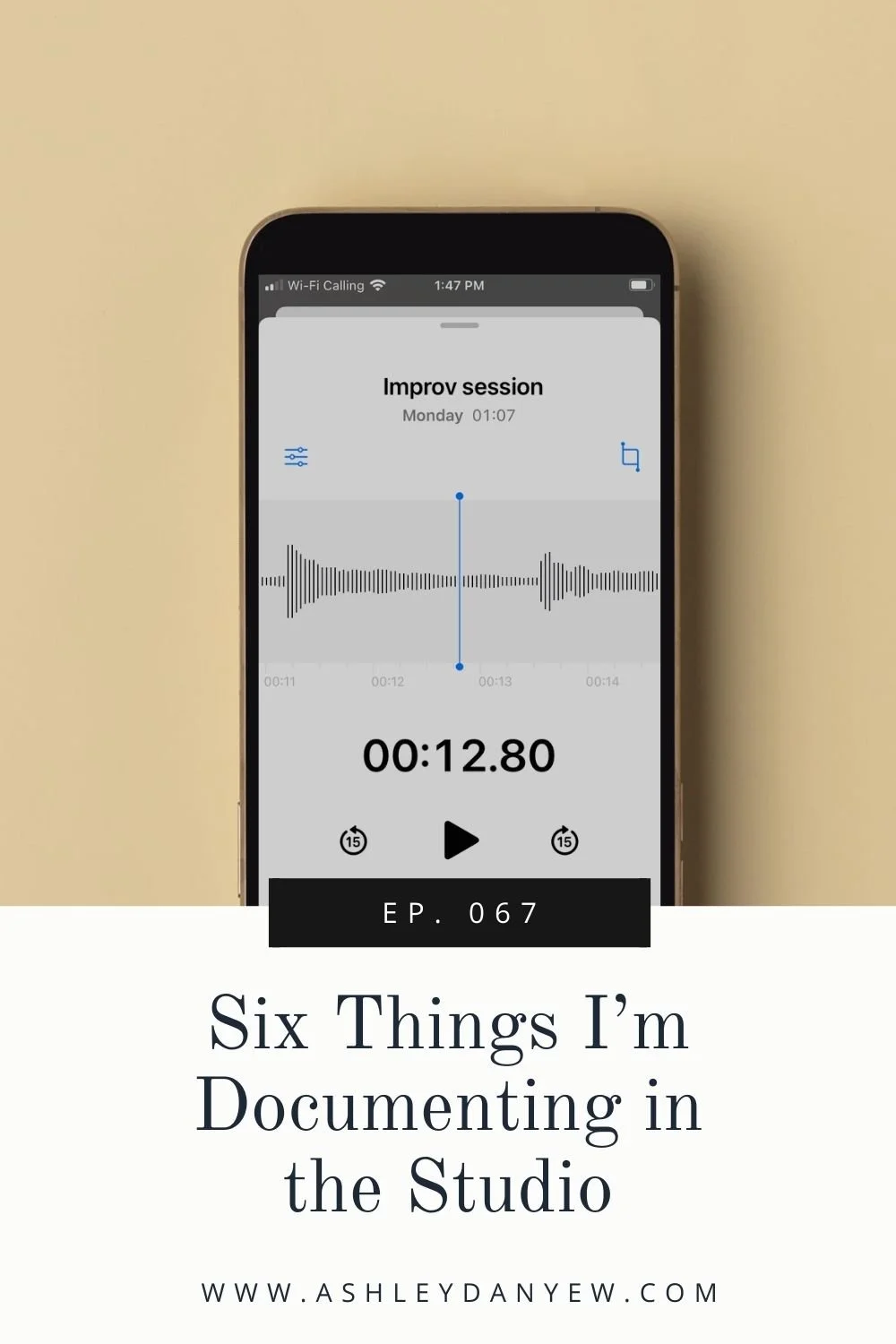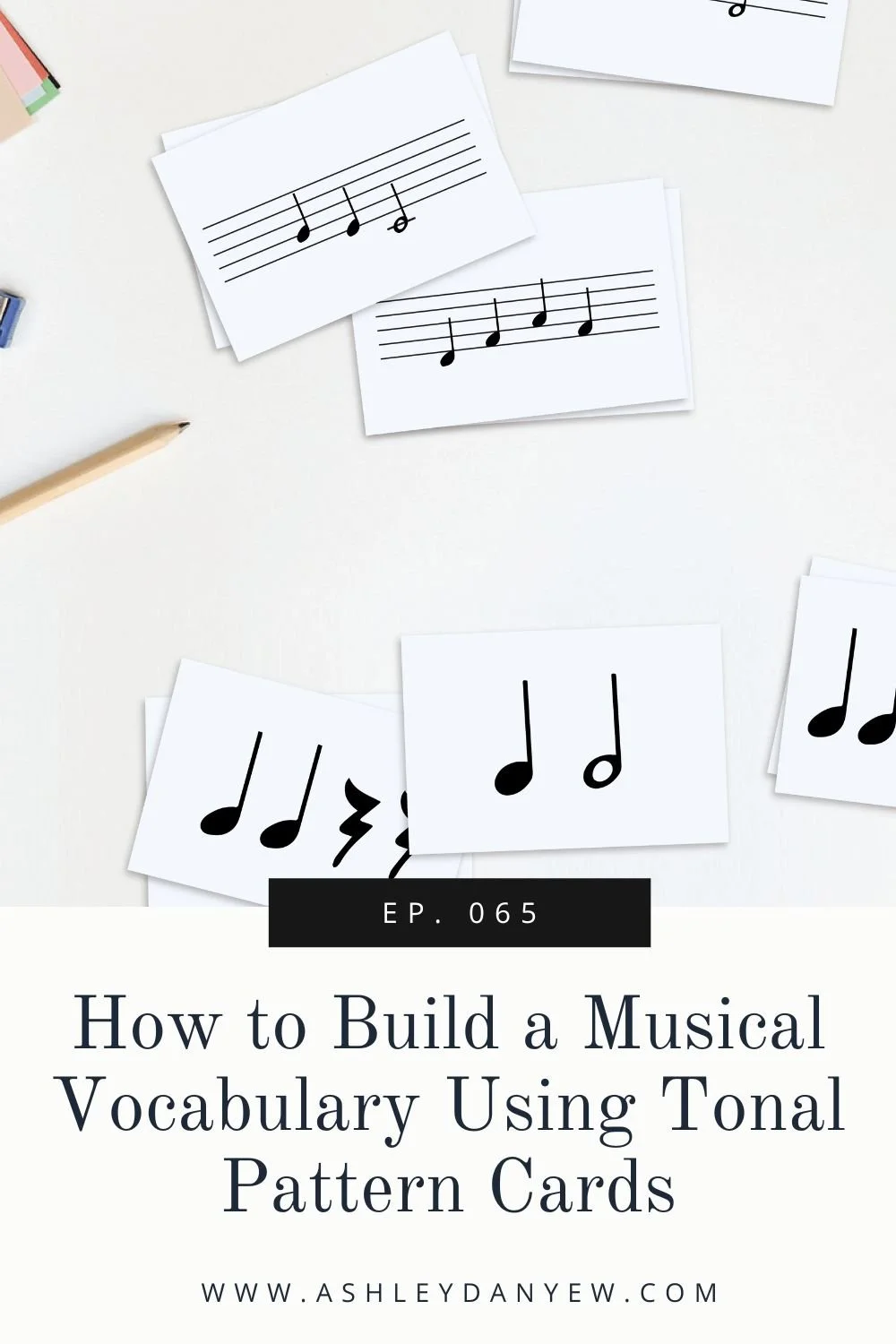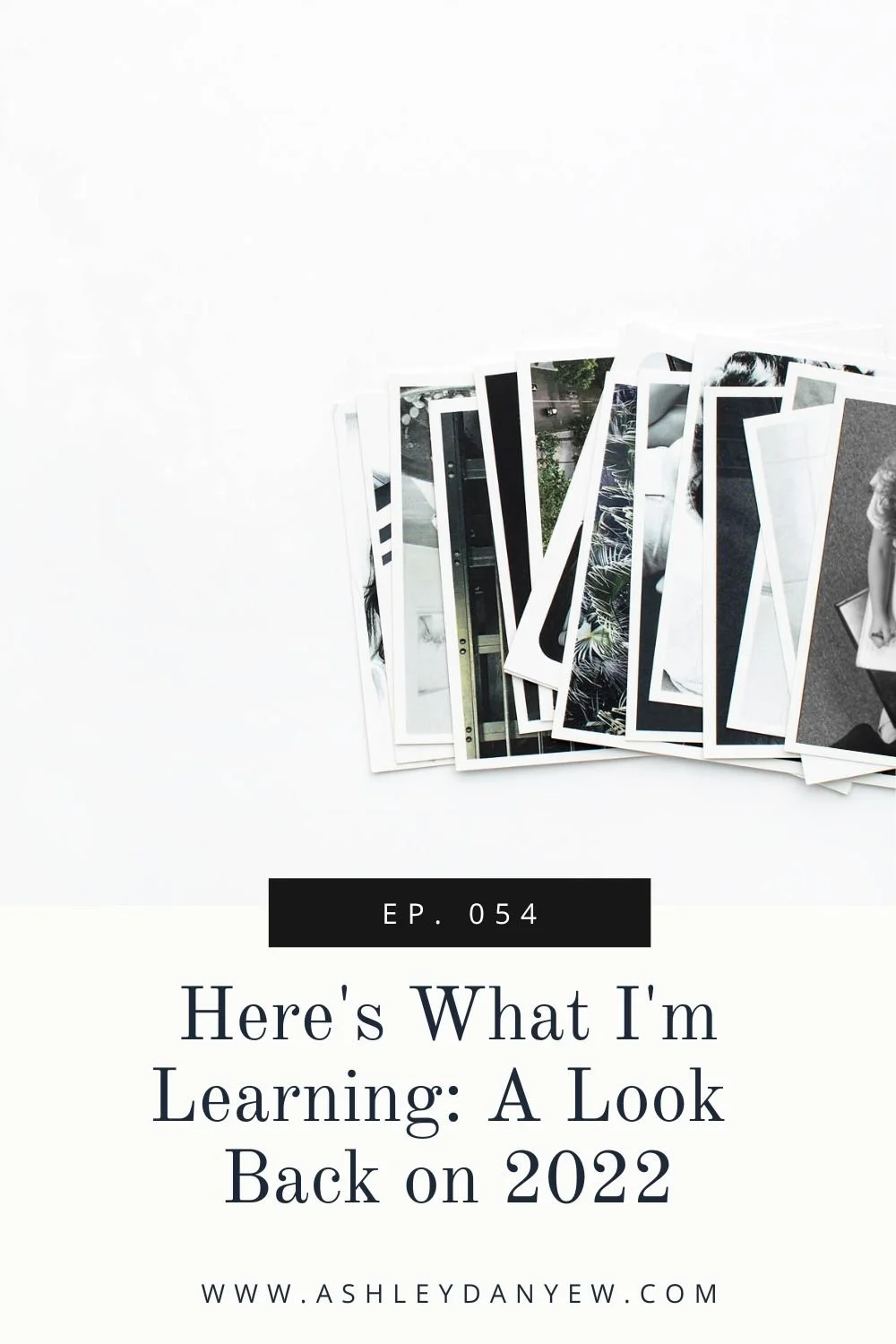Music Education Basics is a free online workshop for music educators in all types of settings.
This is Day 5 of our 5-day video and audio series.
We've covered a lot of ground in a few short days and I hope you're feeling good about all the topics we've reviewed and what you've accomplished on your own in between our lessons this week.
Let’s take a minute to recap what we’ve covered this week:
On Day 1, we talked about the fundamental first step to music-learning that’s often overlooked: listening and responding. Plus, I shared some practical ideas for incorporating this into your teaching at any level.
On Day 2, we talked about what it means to develop language skills in music: namely, the importance of building a solid vocabulary of tonal and rhythm patterns, the building blocks of music.
On Day 3, we made a strong case for musical expression: musical phrasing, dynamics, and movement and why it’s important to incorporate these musical elements into the teaching and learning process from the very beginning.
On Day 4, we talked about readiness for music-reading: music notation, symbols, and intervals and how to introduce these things in an intentional and musical way. Plus, I shared 4 simple steps for helping support the development of reading skills in your students, little by little.
In this episode:
Today, for our final lesson, we’re talking about one of my favorite topics, creative musicianship—what it is and how to teach it, and 5 ways to cultivate creative musicianship in your students.
First, let me explain what I mean by creative musicianship. When I say creative musicianship or musical creativity, I’m talking about improvising or creating music spontaneously and also, the ability to write those ideas down.
Now, if the thought of that makes your palms begin to sweat, I get it! If you had classical music training growing up, you probably didn’t spend much time improvising, composing, or creating your own music. I know that was my experience. Instead, the focus was probably on learning how to read and interpret what was on the page. Can you relate to that?
The ability to read, speak (or create music spontaneously), and write music is an important part of being a musician and developing musicianship skills and we owe it to our students to provide opportunities for them to experience these things and build their confidence.
I'm sharing a few ways you can introduce musical creativity to those you teach in this lesson.
Looking for the workbook? You’ll find it inside the learning platform, ready to download. Sign up for free access >>
If you enjoyed this episode, please take a moment to share it on Instagram!
Looking for more?
If this leaves you curious and ready to dive deeper into the study and practice of music teaching and learning, I’d love to invite you to join me in my signature program, The Art of Music Teaching & Learning.
Created for music educators in all types of settings, this 8-week course is designed to help you think differently about music teaching and learning; to give you the tools, practical applications, advice, knowledge, and confidence to create, design, experiment, and learn.
Inside, you’ll find a creative, practical approach to music teaching and learning, plus plenty of templates, worksheets, and related resources to prepare and equip you for the year ahead. Plus, two live group calls with me to ask questions and get more personalized coaching.
2021 enrollment is open through June 3! I’d love to have the opportunity to work together. Get all the details on the course + enroll >>
I'd love to hear from you.
Leave a comment below and let me know what you enjoyed most about the workshop this week. I’d love to hear from you! 👇








